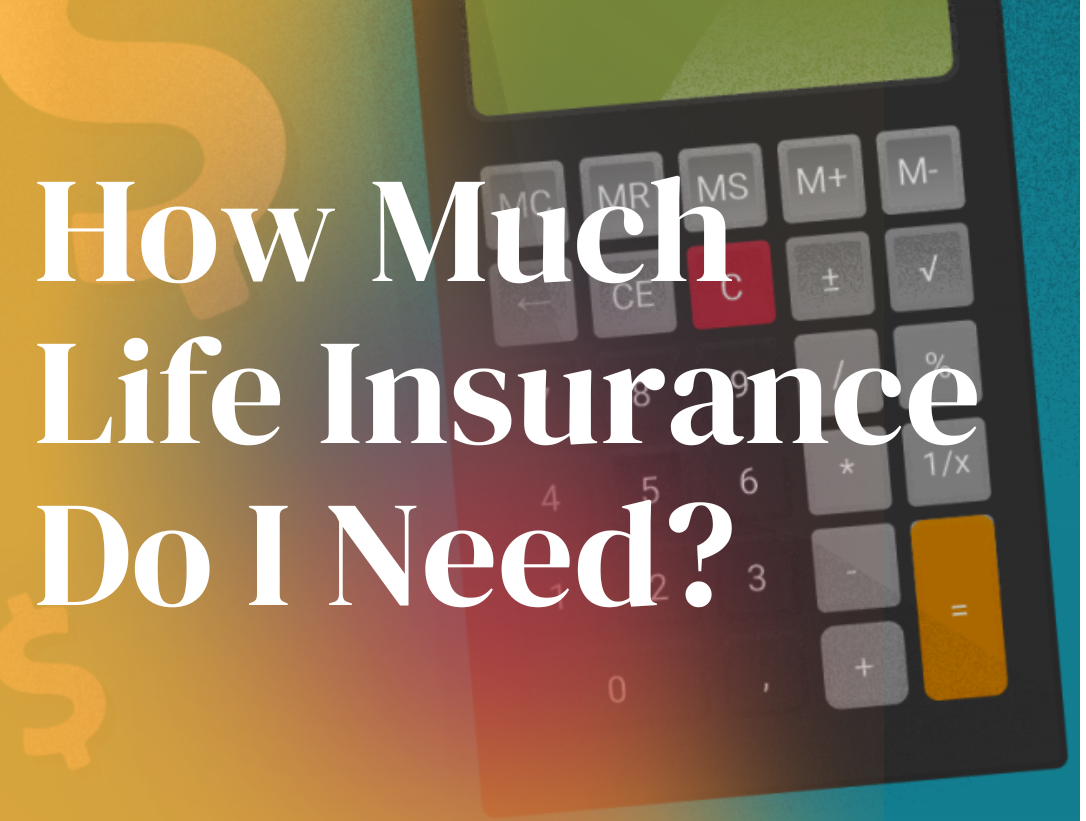How Much You Need To Get A Life Insurance and Why?
Let’s discuss life insurance, a topic that most individuals shun like the plague.
I understand. It’s awkward to even consider making plans for life beyond death. Nobody wants to consider it. Putting everything aside and concentrating on your priorities—bills, employment, children, and the strain of simply keeping things together—is simpler.
The harsh reality is that life is unpredictable. And what would happen to your family if something happened to you today? How would they manage their finances? Who would cover the medical expenses, school fees, and rent or a mortgage? Would you die with your dreams of them?
That is the main purpose of life insurance. The people you love, not you.
I’m not trying to sell you anything with this essay. things’ about dissecting things in a straightforward, sincere, and intimate manner. Let’s discuss the true amount of life insurance you require and, more significantly, its significance.
Click to get a quote today
How Much You Need To Get A Life Insurance and Why
Why Life Insurance Should Be on Your Radar
Life insurance is frequently thought of as something that only the wealthy can afford or that is purchased by the elderly. That is untrue.
If you’ve got:
- A spouse who is financially dependent on you
- Kids who depend on you for stability, education, and food
- Parents who rely on you
- You owe money.
- A company that depends on you for survival
…then life insurance ought to be given careful thought.
Life insurance serves as a safety net for finances. Your policy makes sure that your loved ones won’t be left in financial ruin in the event of your death. The goal is to shield children from adversity, not to leave them rich.
What Is the Actual Need for Life Insurance?
There isn’t a single, universal solution. Your personal circumstances will determine the appropriate amount. However, I’ll show you how to solve it in a really relatable and real way.
Let’s begin with a fundamental formula that many counselors use:
(Annual Income × Number of Years Needed) + Debts + Future Objectives – Current Savings/Investments = Life Insurance Need
Let’s dissect that:
The number of years your family would require your annual income
How many years would your family require financial assistance to get back on their feet if you weren’t there? Assume you wish to support yourself for the next ten years with your $30,000 annual salary. That comes to $300,000 ($30,000 × 10).
Include Your Unpaid Debts. Credit card debt, auto loans, business loans, personal loans, and mortgages are all included in this. Suppose that comes to $50,000.
Include Any Future Costs You Would Like to Pay
These are significant items such as:
- The university education of your child ($20,000 or more per child)
- The retirement of a spouse
- Any anticipated medical costs
Let’s include in an additional $30,000 for future educational expenses.
Deduct Current Savings or Assets
Subtract whatever assets, investments, or savings you currently have available for your family.
Assume you have savings of $20,000.
Now, calculate: $300,000 (income replacement) + $50,000 (debts) + $30,000 (education) – $20,000 (savings) = $360,000
You would therefore want around $360,000 in life insurance coverage based on this example.
Doesn’t that sound like a lot? The worst part is that life insurance rates are frequently far lower than consumers think. particularly if you’re healthy and start out young.
What Will the Price Be?
Two primary categories of life insurance exist:
Term Life Insurance
You are covered for a certain amount of time (for example, 10, 20, or 30 years). It’s simple and reasonably priced. Your family will receive the compensation if you pass away within that time frame. It expires otherwise.
For the majority of consumers looking for full coverage at a fair price, this is the best option.
Permanent insurance, often known as whole life insurance
This can increase in value throughout the course of your lifetime. It is more costly and functions more like a tool for savings and investments.
Term insurance is a good option if you want affordable, useful protection. It accomplishes the task.
A healthy 30-year-old, for instance, might receive ~$250,000 in coverage for less than \$25 per month. That is less than what you most likely spend each month on data or subscriptions.
What Time Is Best to Purchase It?
When you don’t think you’ll need life insurance, that’s the ideal moment to purchase it.
Why? Due to:
Your premiums are lower the younger you are.
Your options may become more limited or more expensive if you wait until your health deteriorates.
Life goes so quickly; you could be single one day and married with children the next.
It’s best to lock in a long-term plan with affordable premiums if you’re still in your 20s or 30s. Don’t wait until you’re in your 40s or 50s, when things become more costly and confusing.
How to Pick the Appropriate Policy
The following five easy steps will help you make your choice:
- Use the above method to determine how much coverage you require.
- Choose the duration of the coverage, such as until your children graduate. until you’re retired?
- Examine quotations from reliable insurance providers.
- Keep an eye out for exclusions or hidden fees. Pose inquiries. Be thorough.
- Avoid taking up too much insurance. Only purchase necessities for your family. This has nothing to do with boasting.
Life Insurance Does Not Concern You
Consider this if you’re still not sure if you need life insurance:
Life is more than the things we leave behind. It concerns how we safeguard those we love, even when we are not physically present to do it.
Purchasing life insurance does not imply that you anticipate the worst. It indicates that you are doing responsibly. You’re saying, “I’ve got you, no matter what happens to me.”
It’s among the most considerate and altruistic choices you can make.
So have a seat. Compute. Pose inquiries. Speak with a sympathetic listener. Then take action.
Not for you. But for those who would most likely miss you.










